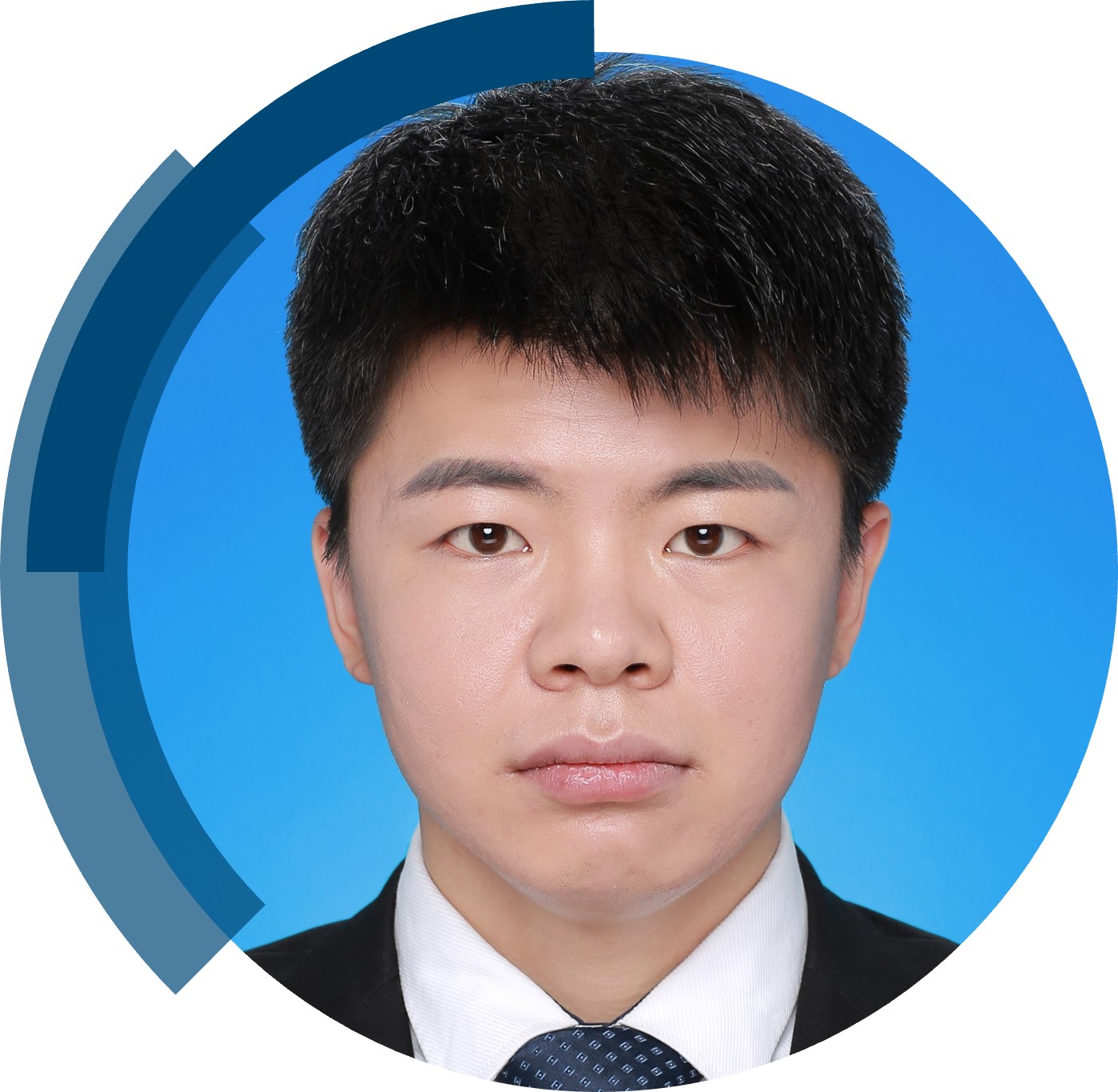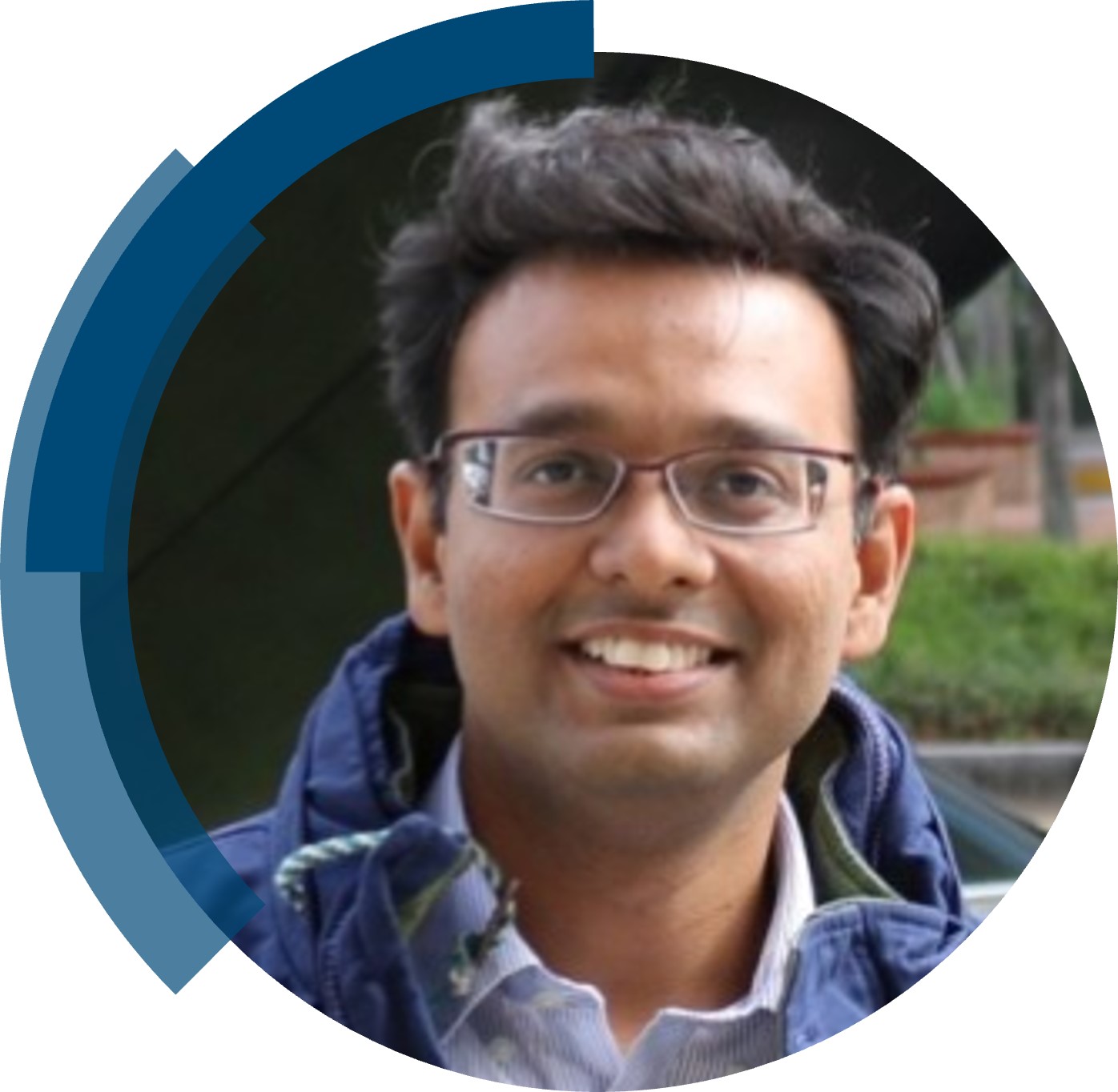We are excited to share the success of Sankar Krishnamoorthy’s first-time independent article in ChemComm; “An activity-based probe library for identifying promiscuous amide hydrolases” included in the full milestones collection.
Read our interview with Sankar below.
What are the main areas of research in your lab and what motivated you to take this direction?
My research at Pacific Northwest National Laboratory focuses on developing and deploying chemical tools to understand biomolecular interactions and their function. After graduate school, in the hope of learning a new skill, I accepted the opportunity to work on materials designed to remove off-target chemotherapeutic drugs such as doxorubicin from blood. That experience opened my eyes to the vast opportunities at the chemistry–biology interface, beyond traditional drug discovery.
At PNNL, my lab develops chemical probes and complementary analytical methods to study enzyme activity, small-molecule–protein interactions, and cellular responses in microbial and mammalian systems. In the bioproducts and bioenergy area, we use probes to investigate enzyme promiscuity and pathway flexibility in engineered microbes to guide the development of more efficient biomanufacturing processes. In the health and neurobiology space, we are developing human iPSC-derived neural platforms to characterize stress responses using multi-omics and neuromodulator-based chemical probes combined with advanced imaging. Across both research areas, we integrate these approaches to map molecular interactions and reveal how chemistry drives biological function.
Can you set this article in a wider context?
Recalcitrant biomaterials surround us—whether natural polymers such as chitin and lignin or synthetic ones like plastics and nylon. Efficiently breaking these materials down into reusable monomers is critical for advancing sustainable biomanufacturing and circular bioeconomy goals. Microbes act as nature’s chemists, producing diverse enzymes capable of depolymerizing these complex substrates and using them as carbon and nitrogen sources.
In this work, we developed an activity-based probe library to uncover microbial enzymes that exhibit substrate promiscuity toward both natural and synthetic amide-containing polymers. While enzymes typically evolve to act on specific substrates, environmental microbes often produce catalysts that can process non-native materials encountered in their surroundings. By exposing microbial proteomes to chemically tagged substrate analogues, this approach reveals hidden catalytic potential and helps prioritize enzyme candidates for functional validation. The resulting insights can guide enzyme engineering and biocatalyst design for more efficient degradation and valorization of recalcitrant biomaterials.
What do you hope your lab can achieve in the coming year?
In the coming year, my goal is to expand our suite of chemical probes and associated analytical methods to advance the understanding of biological systems relevant to biomanufacturing. By integrating probe development with mass spectrometry and imaging, we aim to uncover catalytic and metabolic pathways that can guide the engineering of more efficient enzymes and microbial platforms for sustainable bioproduct production.
In parallel, we are establishing a complementary effort that combines chemical probe design with human iPSC-derived cellular models to investigate molecular processes underlying stress and neuropsychiatric resilience. Together, these directions reflect my interest in using chemical biology to connect molecular-level insight with solutions that impact both the bioeconomy and human health.
Describe your journey to becoming an independent researcher.
My Ph.D. research was conducted in the laboratories of Profs. George Olah and Surya Prakash at the University of Southern California, where I developed novel fluoroalkylation methods and designed redox-active organic molecules for aqueous organic redox flow batteries. This work grounded me in synthesis, mechanistic reasoning, and translational chemistry.
I then joined Prof. Robert Grubbs’ group at the California Institute of Technology, where I developed biomedical device materials capable of capturing chemotherapeutic agents such as doxorubicin from biologically relevant samples. This experience opened my eyes to how chemical design could be applied to biological problems.
Seeking to expand that perspective, I moved to Pacific Northwest National Laboratory to work with Dr. Aaron Wright on activity-based and photoaffinity probes to label pathogenic bacteria and to profile non-canonical drug targets of anesthetics such as ketamine in human-relevant systems. In 2022, I transitioned to a full-time staff scientist role, dedicating part of my effort to establishing a state-of-the-art chemical biology laboratory and capability within the Environmental Molecular Sciences Laboratory (EMSL), a Department of Energy user facility. Here, my team develops and tests chemical probes to study enzyme function in microbes relevant to biomanufacturing, environmental processes, and critical-metal uptake. Successful probes are deployed in user systems and often co-developed with EMSL collaborators. Since my transition, our work has been supported by EMSL’s intramural science and technology program for novel probe and method development.
Supported by PNNL’s Early Career Open Call Laboratory Directed Research and Development grant, I also lead a separate line of research that integrates chemical probes with human induced pluripotent stem cell (iPSC)-derived neural systems to study stress-related cellular processes. Together, these directions reflect my goal of harnessing chemical biology to bridge molecular discovery with both bioproducts and health applications.
What is the best piece of advice you have ever been given?
My dad always emphasized this advice: If you don’t try, you’ll never know whether you had a chance. That lesson has stayed with me and continues to guide both my life and my research. It reminds me to take risks, explore new directions, and embrace opportunities that once felt uncertain and in doing so, I have learned a great deal about persistence, growth, and self-discovery.
Why did you choose to publish in ChemComm?
ChemComm has always been one of my favorite journals because it delivers key research messages in a concise format while maintaining exceptional quality and visibility across the chemistry community. The journal’s timely review process and broad readership make it an ideal venue to showcase interdisciplinary chemical biology research. Our institution’s open-access agreement with the RSC is an added benefit, ensuring that our findings are easily accessible to the global scientific community.
 |
Sankar Krishnamoorthy is a Staff Scientist in the Earth and Biological Sciences Directorate at the U.S. Department of Energy’s Pacific Northwest National Laboratory (PNNL). He received his Ph.D. in Chemistry from the University of Southern California in 2017 and completed postdoctoral training at the California Institute of Technology (2019) and PNNL (2021) before joining PNNL as a Scientist in 2022. He has over a decade of experience developing novel organic reaction methods and designing tailored small molecules for materials and biological applications. He currently serves as the Chemical Biology Capability Lead at the Environmental Molecular Sciences Laboratory (EMSL), a U.S. Department of Energy user facility at PNNL. His research focuses on developing chemical tools to elucidate biochemical processes relevant to energy, the environment, and human health. |
Explore more ChemComm Milestones news and updates on our Bluesky Feed (@chemcomm.rsc.org) and LinkedIn (ChemComm Journal)




















